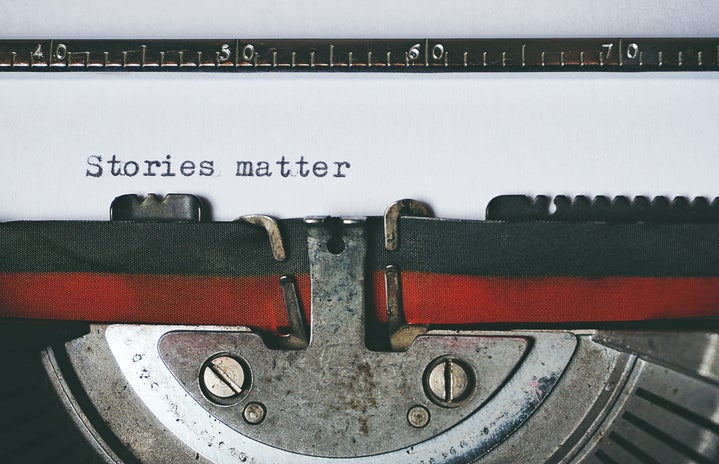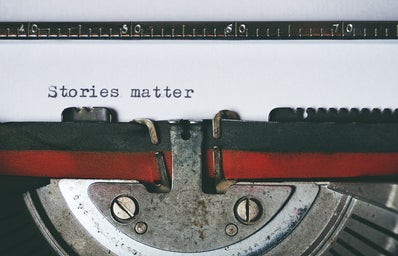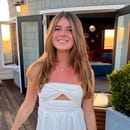In sixth grade, my English teacher led us all through NaNoWriMo. For those of you who aren’t familiar, NaNoWriMo stands for National Novel Writing Month. So every day in November, my class would have roughly 30-45 minutes to just write. And at the end of the month, I had a 10,000 word science-fiction “novel.” It was single-handedly the most defining moment in my academic career. I had never taken on a task like this before, and in just 30 days, I had created something I was incredibly proud of. I envisioned a story, characters, and a setting (my story was set on the moon) all from my own creativity. I learned grit when struggling to overcome writer’s block. And most of all, I discovered my love for writing.
During NaNoWriMo, over 400,000 participants from all over the world challenge themselves with the task of writing 50,000 words of a novel in 30 days. National Novel Writing Month started in 1999, and it became a nonprofit organization in 2006. The site offers access to writing resources, a community of writers, and the ability to track your progress.
NaNoWriMo has also expanded to include the Young Writers Program, Camp NaNoWriMo, and the Now What? Months. The Young Writers Program is designed for elementary to high school students, where educators, just like my sixth grade teacher, are provided with resources, ideas, and lesson plans to inspire young writers. Camp NaNoWriMo takes place in April and July and allows you the freedom to set your own word count goal, and it’s for any type of writing project. Finally, Now What? takes place in January and February provides the resources to finish, revise, and potentially even publish your novel!
NaNoWrimo stresses the importance of just getting started. Just sit down and write (ideally 2k words a day). It doesn’t have to be perfect, or even good for that matter. Just getting your ideas out and your story written is an incredible feat of its own. Every once in a while, I’ll take a peak back at my manuscript and trust me, it’s not good. Critics of NaNoWriMo even say that “Not everyone should write” and “Writing that quickly will produce trash writing that won’t ever get published.” But it gave my 11-year-old sixth grade self the confidence to pursue writing, and I would consider that a success.
And the coolest aspect of NaNoWriMo is the community. Participants are called Wrimos, and there are a variety of ways to engage with fellow writers. From joining writing groups to attending write-ins, there are a multitude of ways to build off the community support. “Winners” of NaNoWriMo are writers who accomplish the set goal of 50,000 words in 30 days. Besides bragging rights and self-satisfaction, winners also get a badge declaring themselves official novelists.
Some of my favorite books even got their start through NaNoWriMo. Marissa Meyer’s Cinder, Jasmine Guillory’s The Wedding Date, and my personal favorite, Rainbow Rowell’s Fangirl are all a testament to the potential of NaNoWriMo.
If I learned anything from my NaNoWriMo experience, it’s that you will never know what you like without giving it a try. Writing a novel might sound too daunting of a task, or one that should only be saved for professional or experienced writers. However, NaNoWriMo is here to say that anyone can be a novelist. All it takes is setting a goal, and sticking to it. This experience ignited my flame for writing, and set me on the path that I followed here to UCSB. Whether it’s NaNoWriMo or not, I encourage everyone to challenge themselves with something new. You never know where it might take you.



